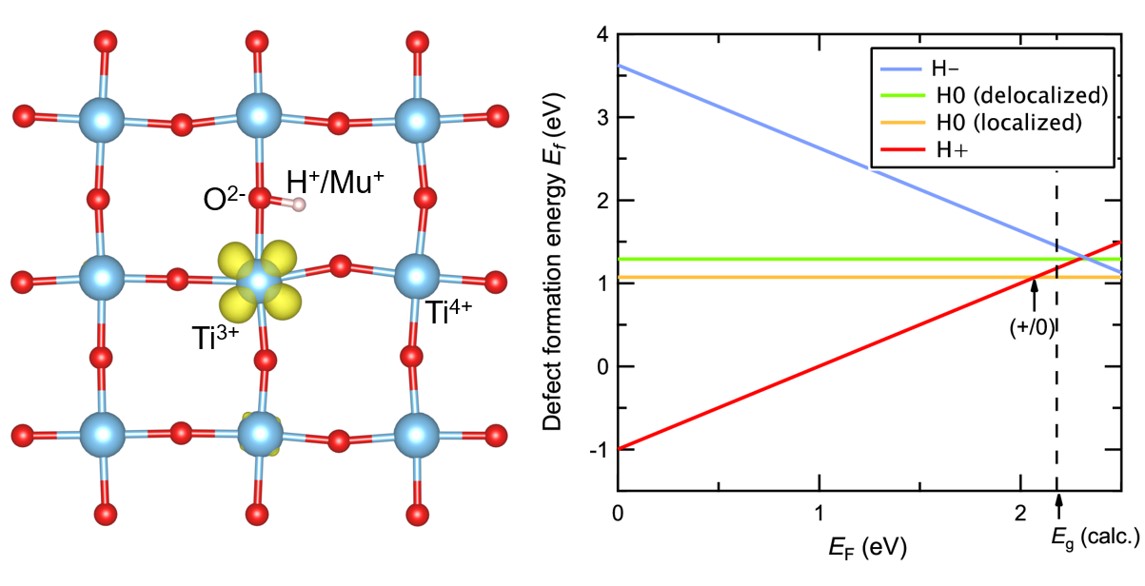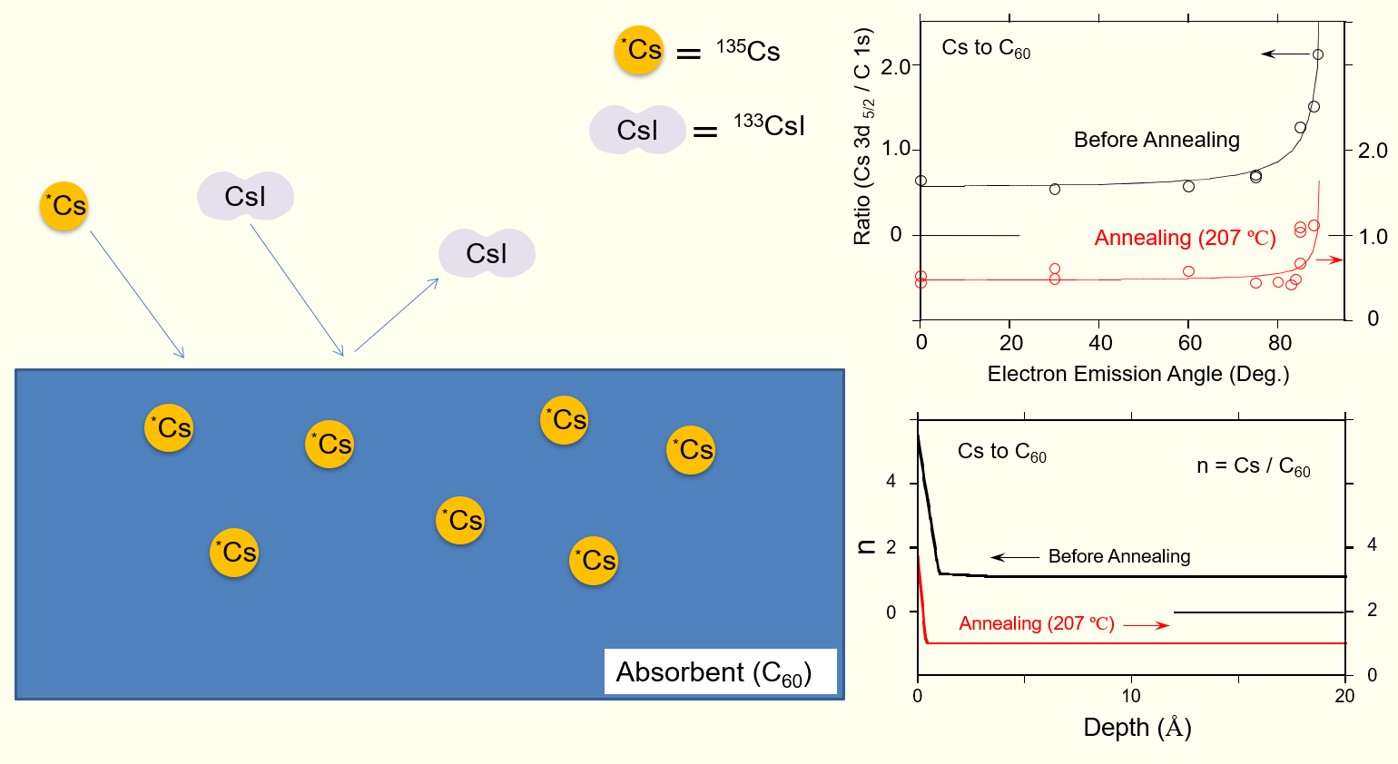20 巻, 3 号
選択された号の論文の12件中1~12を表示しています
- |<
- <
- 1
- >
- >|
Review Paper
-
原稿種別: Review Paper
専門分野: Electronic Properties
2022 年 20 巻 3 号 p. 128-134
発行日: 2022/05/28
公開日: 2022/08/20
[早期公開] 公開日: 2022/05/28PDF形式でダウンロード (1095K)
Regular Papers
-
原稿種別: Regular Paper
専門分野: Instrumentations and Techniques
2022 年 20 巻 3 号 p. 135-138
発行日: 2022/05/28
公開日: 2022/08/20
[早期公開] 公開日: 2022/05/28PDF形式でダウンロード (2459K) -
原稿種別: Regular Paper
専門分野: Micro- and Nano-Fabrication
2022 年 20 巻 3 号 p. 139-144
発行日: 2022/05/28
公開日: 2022/08/20
[早期公開] 公開日: 2022/05/28PDF形式でダウンロード (2771K) -
原稿種別: Regular Paper
専門分野: Crystal Growth
2022 年 20 巻 3 号 p. 145-149
発行日: 2022/06/02
公開日: 2022/08/20
[早期公開] 公開日: 2022/06/02PDF形式でダウンロード (2168K) -
原稿種別: Regular Paper
専門分野: Thin Films
2022 年 20 巻 3 号 p. 150-154
発行日: 2022/06/11
公開日: 2022/08/20
[早期公開] 公開日: 2022/06/11PDF形式でダウンロード (1678K) -
原稿種別: Regular Paper
専門分野: Instrumentations and Techniques
2022 年 20 巻 3 号 p. 155-160
発行日: 2022/06/16
公開日: 2022/08/20
[早期公開] 公開日: 2022/06/16PDF形式でダウンロード (1272K) -
原稿種別: Regular Paper
専門分野: Micro- and Nano-Fabrication
2022 年 20 巻 3 号 p. 161-166
発行日: 2022/06/30
公開日: 2022/08/20
[早期公開] 公開日: 2022/06/30PDF形式でダウンロード (2782K) -
原稿種別: Regular Paper
専門分野: Reaction and Dynamics
2022 年 20 巻 3 号 p. 167-173
発行日: 2022/06/30
公開日: 2022/08/20
[早期公開] 公開日: 2022/06/30PDF形式でダウンロード (2314K) -
原稿種別: Regular Paper
専門分野: Electronic Properties
2022 年 20 巻 3 号 p. 174-179
発行日: 2022/07/07
公開日: 2022/08/20
[早期公開] 公開日: 2022/07/07PDF形式でダウンロード (2117K)
Conference—ISSS-9—
-
原稿種別: Proceeding Paper
専門分野: Preface
2022 年 20 巻 3 号 p. A1
発行日: 2022/06/09
公開日: 2022/08/20
[早期公開] 公開日: 2022/06/09PDF形式でダウンロード (378K) -
原稿種別: Proceeding Paper
専門分野: Instrumentations and Techniques
2022 年 20 巻 3 号 p. 180-185
発行日: 2022/06/09
公開日: 2022/08/20
[早期公開] 公開日: 2022/06/09PDF形式でダウンロード (2659K) -
原稿種別: Proceeding Paper
専門分野: Thin Films
2022 年 20 巻 3 号 p. 186-195
発行日: 2022/07/02
公開日: 2022/08/20
[早期公開] 公開日: 2022/07/02PDF形式でダウンロード (2005K)
- |<
- <
- 1
- >
- >|











